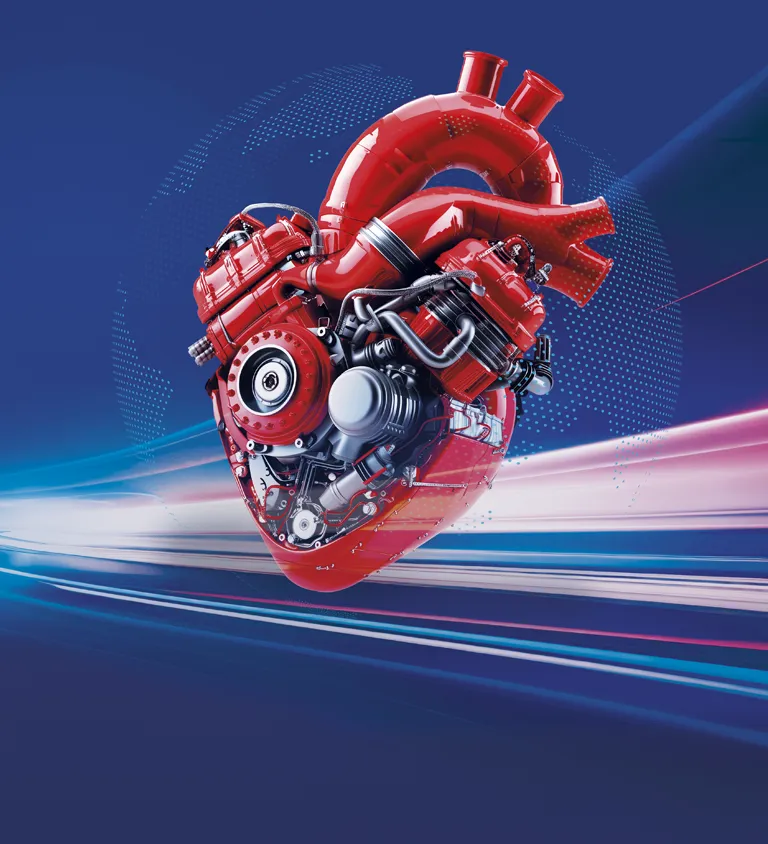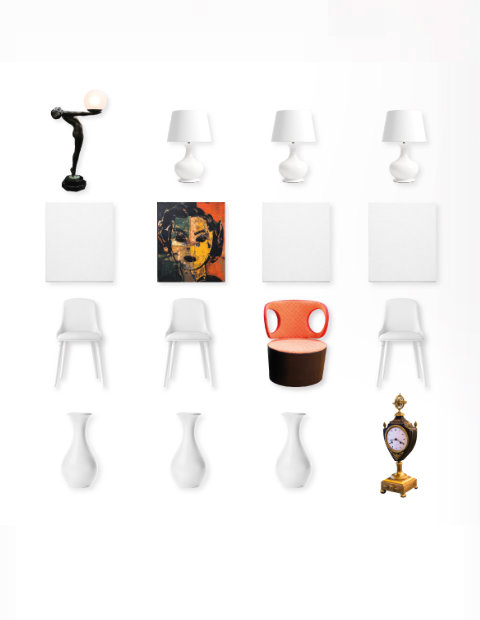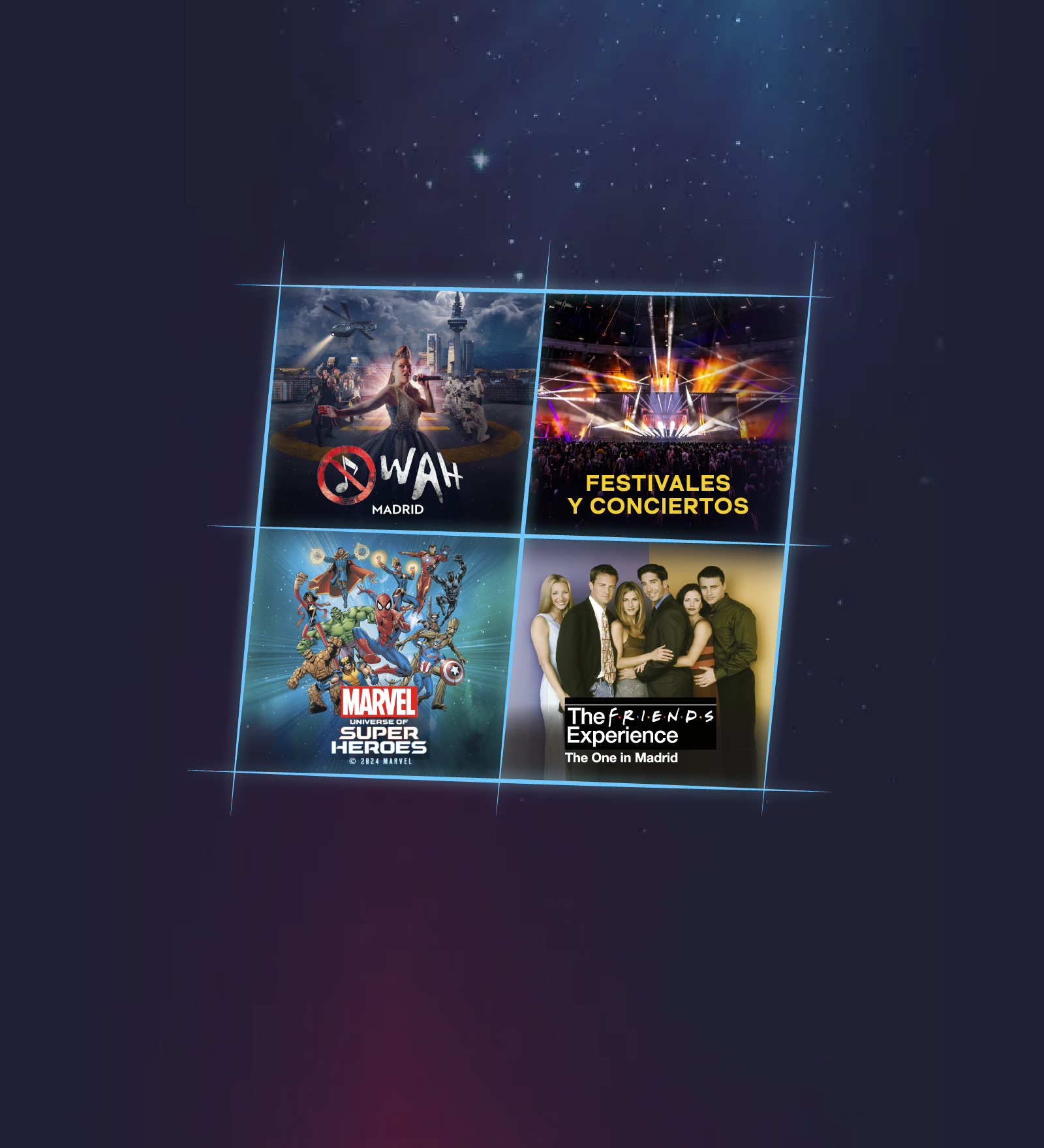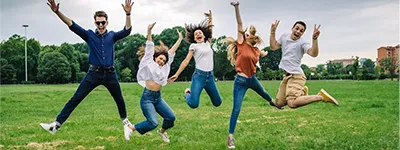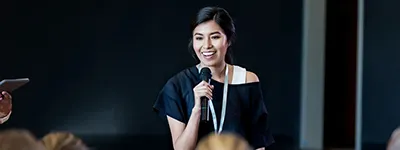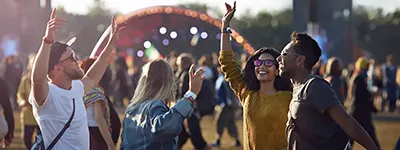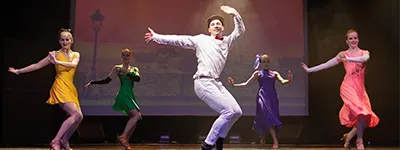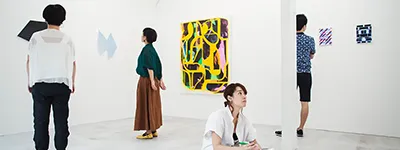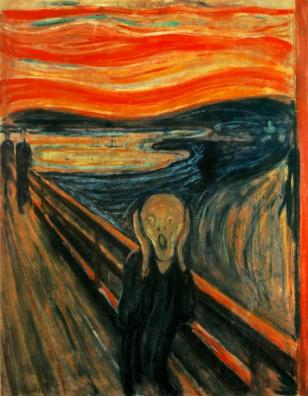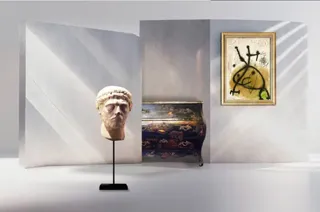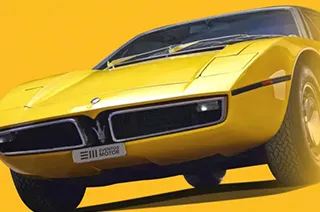

Contemporary art, painting and artists of the 20th century

Art has enjoyed a period of constant evolution and change during the last century, where the avant-garde pictorial movements have tried to reflect the social situation of each era through the brush and the particular vision of renowned artists.
Painting is the art of graphic representation par excellence in the history of mankind. Strokes of emotion, protest, romanticism or nostalgia complete the collections of the world's art galleries that saw, in the last century, a turbulent period of war, peace and, above all, change.
The 20th century was a transition of trends and sub-trends that are linked to the social events that mark each period. Thus, the avant-gardes were the starting point of an era of artistic experimentation in which Expressionism is noteworthy. This current had its birth with the Norwegian Edvard Munch and culminated in the works of renowned contemporary artists, such as the Austrian Gustav Klimt, Oskar Kokoschka, Egon Schiele or Otto Mueller.
Subsequently, Cubism emerged, a movement that in Spain had one of its greatest exponents, the Malaga-born Pablo Picasso, who used his particular brush to narrate times of war and peace with paintings that are now part of the history of art. This school, which had already begun to emerge through the hand of the Frenchman Paul Cézanne, is joined by names of the stature of Georges Braque, Juan Gris, María Blanchard and Fernand Léger.
After the First World War (1914-1918) and the Second World War (1939-1945), contemporary art reached a modernist fullness with the evolution of the avant-garde to abstract works, and which find in the United States some of their great representatives, such as Jackson Pollock. This period also saw the development of neo-figurative and neo-representative trends, such as that of the Irish artist Francis Bacon, who sought to capture the dark period of the war and personal suffering through uneven lines and pictorial deformation.
The sixties, which marked the beginning of a period of colour that lasted until the early eighties, had their artistic epicentre in New York with the appearance of the so-called pop-art movement, with Andy Warhol as its maximum exponent. A psychedelic period full of realism that was not darkened either by the Cold War or by the global conflicts that completed the pages of history of those two unrepeatable decades.
In the era of technological proliferation and the triumph of the digital over the analog, contemporary art is in good health thanks to the talent of new creators, who continue to represent history through their particular view of the world. Now, these artists try to capture the user's attention with their work and cause a sensation of surprise and doubt before what they have in front of them.
Contemporary art painting at ARCOmadrid
Those who appreciate contemporary art can enjoy a sample of the best national and international galleries in ARCOmadrid. IFEMA establishes a meeting point for new artistic trends with this fair, which reflects year after year its willingness to innovate and research with the incorporation of new galleries.
The 39th edition of this event, which will take place from 26 February to 1 March in Madrid, strengthens its desire for innovation and research and incorporates as its central theme the concept: It's Just a Matter of Time, from which artistic practices based on the work of Félix González-Torres will be observed.
ARCOmadrid encourages the participation of contemporary artists by giving them more voice during its celebration, through parallel activities, talks, guided tours and a greater number of artist projects. This fair will bring together a total of 209 galleries from 30 countries and will once again feature its main axis, the General Programme, made up of 171 galleries selected by the Organizing Committee, in addition to the curated sections. It's Just a Matter of Time is the special proposal for the next edition of ARCOmadrid. A section curated by Alejandro Cesarco and Mason Leaver-Yap, with Manuel Segade in the discursive program, formed by 16 artists from 13 galleries.
This edition will feature galleries that have placed their trust in ARCOmadrid such as Massimo Minini and Francesa Minini; Perrotin; Sies+Höke; Buchholz; Barbara Weiss; Nordenhake and Jan Mot. And with the return of galleries like Ellen de Bruijne Projects; Hollybush Gardens; Martin Janda. In addition to other important galleries that maintain their commitment to the Fair as Hauser & Wirth; Thaddeaus Ropac; Chantal Crousel; Esther Schipper; Meyer Riegger; Continua; Fortes d'Aloia & Gabriel; Dvir and Luisa Strina.
The participation of Spanish galleries has increased slightly to a total of 70 - representing 33% of the total - not all of them from the main cities, which will allow for a wider perspective and interesting proposals from other parts of the country. Thus, ATM -Gijón-, Art Nine -Murcia-, Ángeles Baños -Badajoz- and Nordes -Santiago de Compostela-, join other projects such as PM8 -Vigo- and L21 -Palma de Mallorca-, among others.
And once again, Latin America will be one of the main international representations of the Contemporary Art Fair. With this, of the 67% that reaches in this edition the international participation, the 22% is monopolized by the artistic presence of the American continent, with special presence of Brazil and Argentina, positioning once again ARCOmadrid as a meeting point and exchange between Europe and Latin America.


